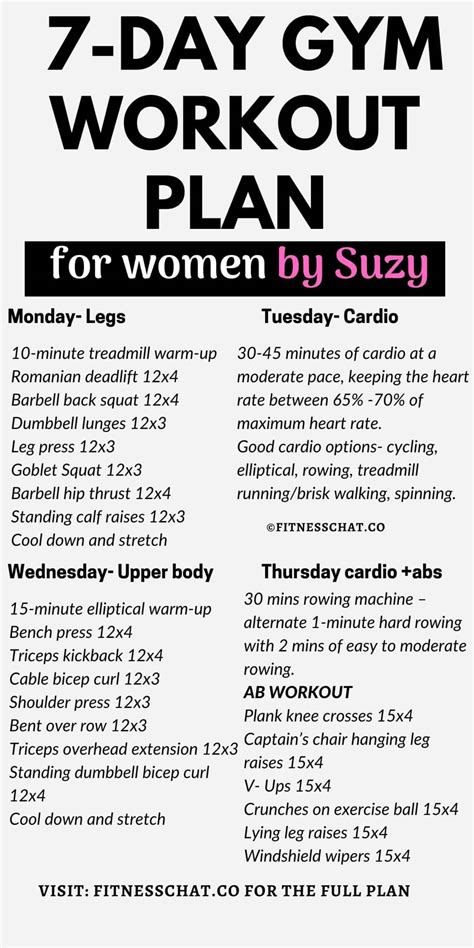Why Good Posture Matters for Men
For many men, lower back pain is a common, often debilitating complaint that can stem from various factors, with poor posture being a significant contributor. Whether it’s from long hours at a desk, heavy lifting, or simply neglecting core strength, a slumped or misaligned posture places undue stress on the spine, leading to discomfort and chronic pain. Improving your posture isn’t just about looking taller; it’s a fundamental step towards a healthier, pain-free back and improved overall well-being.
This article will guide you through simple, actionable steps tailored for men to enhance their posture, strengthen supporting muscles, and significantly reduce or prevent lower back pain.

Understanding and Achieving Proper Posture
Before you can fix your posture, it’s essential to understand what ‘good’ posture actually looks like. Imagine a string pulling you gently upwards from the crown of your head. Your ears, shoulders, and hips should ideally align in a straight vertical line. Your shoulders should be relaxed, not hunched forward or pulled back excessively, and your chest should be open.
Standing Posture Check:
- Feet: Shoulder-width apart, weight evenly distributed.
- Knees: Slightly bent, not locked.
- Pelvis: Neutral position, not tilted too far forward or backward.
- Abdominals: Gently engaged, pulling your navel towards your spine.
- Shoulders: Relaxed and slightly back.
- Head: Chin parallel to the floor, ears directly over shoulders.
Sitting Posture Check:
Given the prevalence of desk jobs, proper sitting posture is crucial. Ensure your feet are flat on the floor, or supported by a footrest. Your knees should be at a 90-degree angle, and your back should be supported by your chair’s lumbar support or a cushion. Keep your shoulders relaxed, and your computer screen at eye level to avoid neck strain.

Daily Habits to Support a Healthy Back
Incorporating simple habits into your daily routine can make a significant difference in maintaining good posture and preventing back pain.
- Mindful Movement: Regularly check your posture throughout the day. Set phone reminders to stand up, stretch, and walk around every 30-60 minutes, especially if you have a sedentary job.
- Lifting Techniques: When lifting heavy objects, always bend at your knees, not your waist. Keep the object close to your body and use your leg muscles to lift, keeping your back straight.
- Sleeping Position: Sleep on your back or side. If on your side, place a pillow between your knees to align your spine. If on your back, a small pillow under your knees can help. Avoid sleeping on your stomach, as it can strain your neck and lower back.
- Footwear Choices: Wear supportive shoes that provide good arch support. Avoid prolonged use of flip-flops or unsupportive footwear that can throw off your alignment.

Strengthening Your Core and Back Muscles
A strong core is your body’s natural corset, providing essential support for your spine and pelvis. Incorporating targeted exercises into your routine can dramatically improve posture and reduce back pain.
Simple Exercises to Start:
- Plank: Lie face down, then push up onto your forearms and toes, keeping your body in a straight line from head to heels. Hold for 30-60 seconds.
- Bird-Dog: Start on all fours. Extend your right arm forward and your left leg backward simultaneously, keeping your back flat and core engaged. Hold briefly, then return to the start. Repeat on the other side.
- Glute Bridges: Lie on your back with knees bent and feet flat on the floor. Lift your hips off the ground until your body forms a straight line from shoulders to knees. Squeeze your glutes at the top.
- Cat-Cow Stretch: On all fours, gently arch your back towards the ceiling (cat) and then drop your belly towards the floor (cow). This mobilizes the spine.
Aim for 3 sets of 10-15 repetitions for each exercise, or hold planks for as long as comfortable, gradually increasing duration. Consistency is key.

Flexibility and Stretching for Pain Relief
Tight muscles, especially in the hamstrings, hip flexors, and chest, can pull your body out of alignment and contribute to lower back pain. Regular stretching can alleviate this tension.
Key Stretches:
- Hamstring Stretch: Lie on your back and loop a towel around one foot. Gently pull the leg straight up towards the ceiling until you feel a stretch in the back of your thigh. Hold for 20-30 seconds per leg.
- Hip Flexor Stretch: Kneel on one knee, with the other foot flat on the floor in front of you. Gently push your hips forward until you feel a stretch in the front of the hip of the kneeling leg. Hold for 20-30 seconds per side.
- Figure-Four Stretch: Lie on your back, cross one ankle over the opposite knee, and gently pull the bottom leg towards your chest until you feel a stretch in your glute. Hold for 20-30 seconds per side.
- Doorway Chest Stretch: Stand in a doorway, place your forearms on the frame, and gently lean forward to open up your chest. Hold for 20-30 seconds.

Conclusion: A Proactive Approach to Back Health
Improving posture and reducing lower back pain for men is an achievable goal that requires consistency and mindfulness. By understanding proper alignment, adopting healthy daily habits, strengthening your core, and incorporating regular stretches, you can significantly alleviate discomfort and build a foundation for long-term spinal health. Start small, be patient with your progress, and consider consulting a healthcare professional or physical therapist if your pain persists or worsens. Taking these simple steps empowers you to take control of your back health and enjoy a more active, pain-free life.




